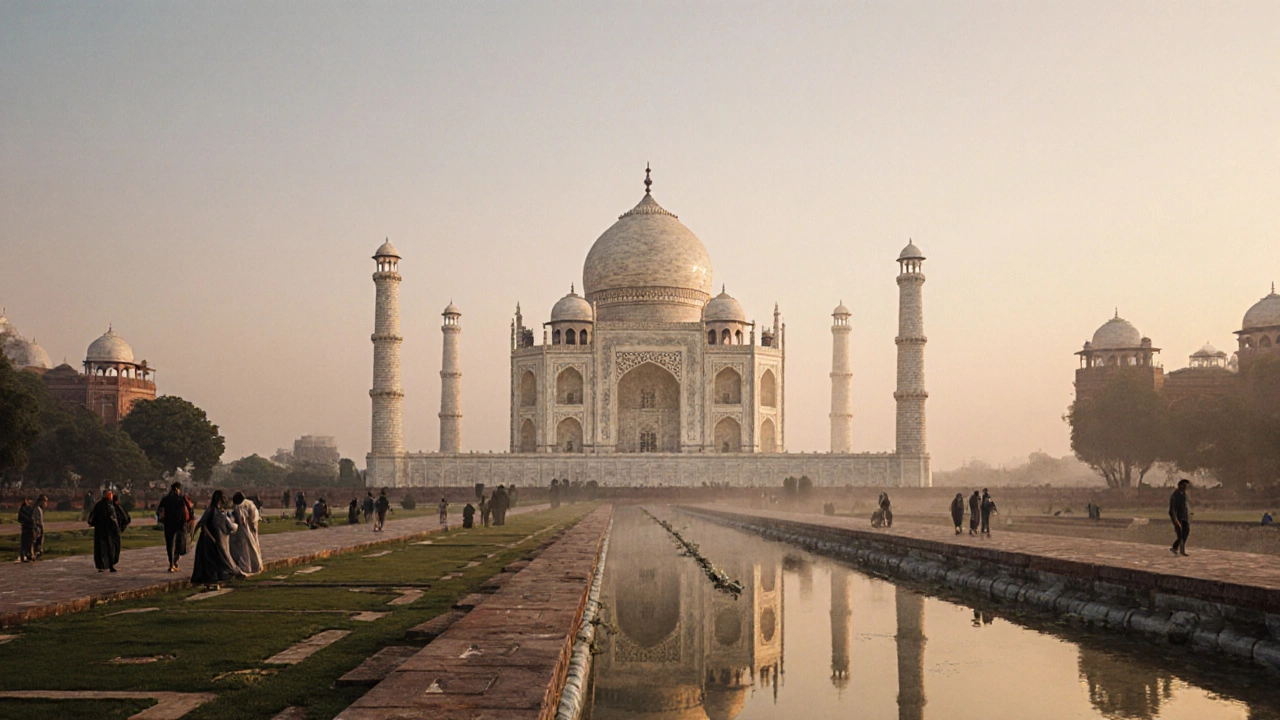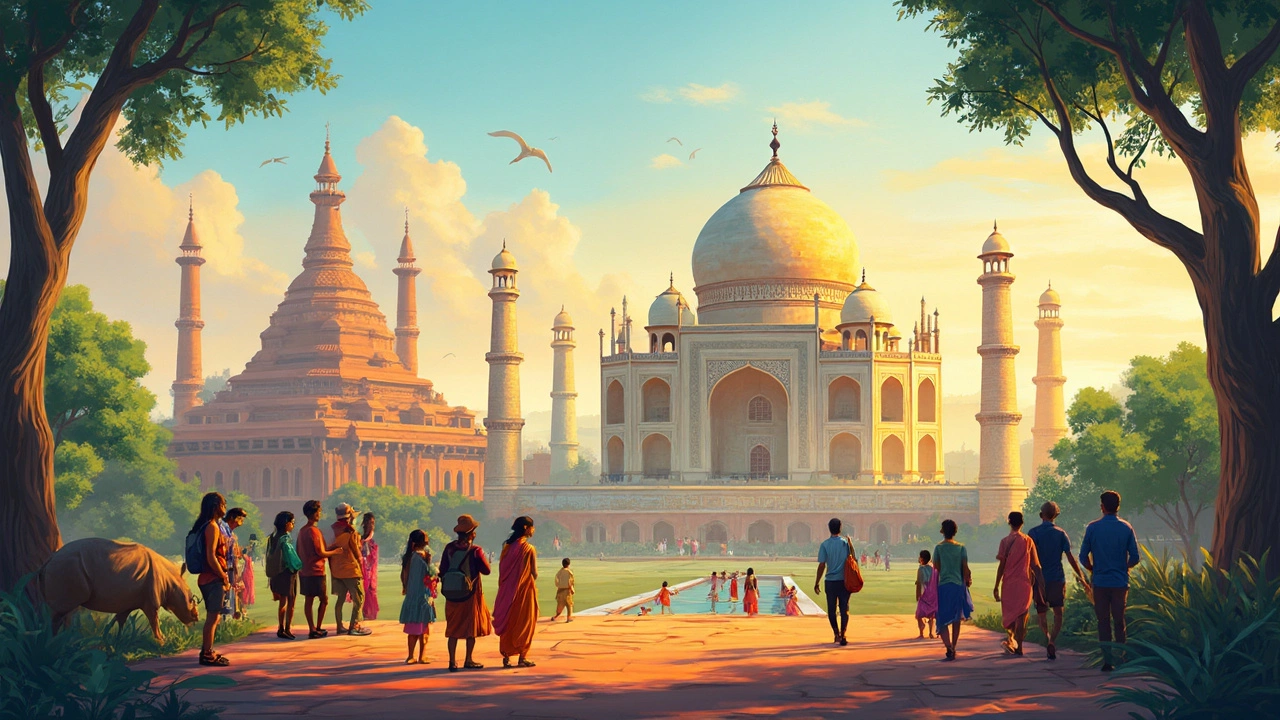World Heritage Sites India: Top UNESCO Gems and What to Know Before You Visit
When you think of World Heritage Sites India, UNESCO-recognized places of outstanding cultural or natural value protected for future generations. Also known as UNESCO World Heritage Sites, these locations are more than just tourist spots—they’re living history, sacred spaces, and ecological treasures that define India’s identity. India has over 40 of these sites, more than any country in South Asia, and they range from the marble grandeur of the Taj Mahal, a 17th-century Mughal mausoleum in Agra, built as a symbol of love and architectural mastery to the ancient rock-cut temples of Ellora and Ajanta, Buddhist and Hindu cave complexes carved into cliffs over 1,500 years ago. These aren’t just postcard images—they’re places where traditions still breathe, where priests chant in the same halls as monks did centuries ago, and where wildlife roams just beyond the stone walls of forgotten empires.
What makes these sites special isn’t just their age or beauty—it’s how they connect to real life. Visiting the Khajuraho temples, famous for intricate erotic sculptures and spiritual symbolism isn’t just about seeing art; it’s about understanding how medieval India viewed pleasure, devotion, and the human body as part of the divine. The Great Himalayan National Park, a protected alpine ecosystem in Himachal Pradesh, home to snow leopards and rare birds isn’t just a hike—it’s a chance to walk through one of the last untouched wild zones in the Himalayas. And then there’s the Qutub Minar, a 73-meter tall stone tower in Delhi built after the first Muslim conquests in India, where history is written in stone, calligraphy, and the echoes of empires that rose and fell.
Most travelers don’t realize how different each site feels. The World Heritage Sites India aren’t a checklist—they’re a mosaic. Some need guides to unlock their stories. Others ask for silence. Some are packed with crowds at sunrise; others are so remote you’ll have them to yourself. You’ll find posts here that break down which sites are best for solo travelers, which ones require permits, which temples demand specific dress codes, and how to avoid the tourist traps that drain your time and money. Whether you’re standing under the domes of Fatehpur Sikri or hiking through the misty forests of Kaziranga, these places aren’t just seen—they’re felt. Below, you’ll find real guides from people who’ve been there, not just read about it. No fluff. Just what you need to know before you go.

